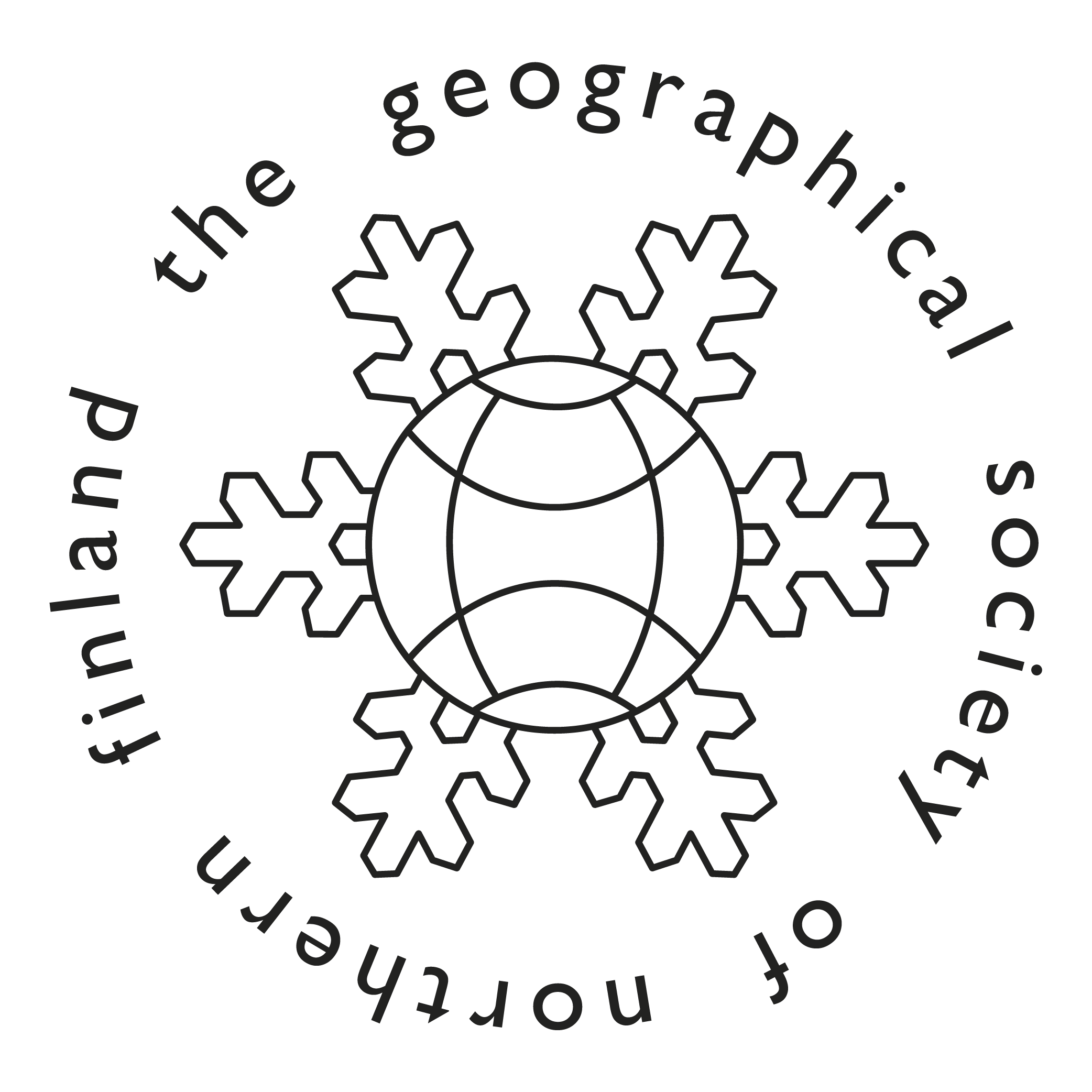Rethinking mass tourism: Professional discourses of contemporary mass tourism and destinations
Abstract
Mass tourism is a concept that has been used for decades in academic and public travel discussions, and thus it serves a purpose. Mass tourism is often used to refer to the early phases of air-based mass tourism since the 1960s, concerning the remarkable growth in tourist numbers, democratization of tourism, standardization of products and societal transformations. It is also used to emphasize certain motivations, behaviours and values in tourism that are seen as typical for mass tourism separating it from other contemporary or ‘alternative’ forms of tourism. This distinction frequently produces taken for granted or simplified categorizations both in tourism studies and in public discourses. Within tourism studies discussions about the conceptualization of mass tourism between different traditions have been almost non-existent. In this study, my interest is in the different ways mass tourism can be conceptualized. Tourism is now a larger phenomenon than ever and transformations have occurred in its production and consumption, demanding that the limits and possibilities of the concept of mass tourism need to be evaluated in new ways.
This thesis contributes a conceptualization of mass tourism by addressing the academic discourses of mass tourism and discursive practices of professional social groups. The idea of mass tourism is approached from different strands of constructionist thought in order to create dialogues. The situated nature of knowledge and researcher positionality are also addressed in relation to knowledge creation of mass tourism. The thesis concentrates empirically on the stereotypical form of mass tourism, charter-based package holidays in the course of contemporary transformations in tourism. This Finnish case is useful because mass package tourism has traditionally been ‘travel for all’, offering a more democratic context for discussing the possibilities and limits of the mass tourism category.
This dissertation consists of four studies that each shed light on the conceptualization of mass tourism with different materials and frameworks. The majority of the thesis is based on the empirical material that includes two sets of semi-structured interviews of 29 charter package tourism professionals. Pair interviews were conducted in 2011 for Finnish-based travel agents and individual interviews for Finnish tourist guides took place in Crete in 2013. Secondary material of academic research writings on mass tourism was utilized in one of the studies.
The findings of the study reveal that mass tourism is a concept with a lot of historical weight, which guides its current categorization and interpretation in both academic and industry institutional settings. However, mass tourism is not easily defined, thus based on this study I propose a framework for more dialogical conceptualization of mass tourism. The framework starts with the contextualization of mass tourism (knowledge) as situated and proceeds addressing the plural-singular relationship of the ‘mass’ as a dynamic ‘mass effect’. These formulations are in connection with three intertwined possible versions of mass tourism: a quantitative category, a model(s) in tourism or as a ‘super-umbrella’ concept for contemporary travel. I encourage the research community to consider these aspects in relation to one another and position different cases within the framework. The framework shows that mass tourism conceptualization is a multidimensional process that includes choices with effects. This study suggests that the usefulness of mass tourism as a concept for research lies in building its future bases on inter- or post-disciplinary dialogues, which could better serve critical academic inquiry, and give purchase to the concept in describing tourism of today.






